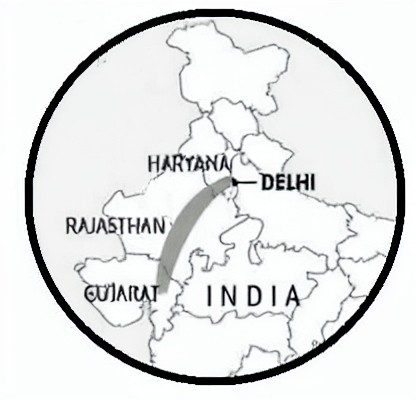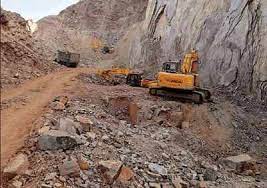The Aravali Range is a mountain range in Western India that spans through the states of Gujarat, Rajasthan, Haryana, and Delhi. It is one of the oldest mountain ranges in the world, with a history dating back to more than 3500 million years. The range extends over a length of approximately 800 km from northeast to southwest, with an average height of about 500-700 meters.

The Aravali Range is an important geological feature in India and holds significant cultural and ecological importance. The region is home to several national parks, wildlife sanctuaries, and biosphere reserves that support a diverse range of flora and fauna. The range is also rich in mineral resources, such as copper, zinc, lead, and silver, which have been mined for centuries.
Tourism is another significant aspect of the Aravali Range, with several popular destinations located in the region. The range offers a unique blend of natural beauty and cultural heritage, with ancient forts, temples, and palaces nestled amidst the rugged landscape.
The Aravali Range is also home to several indigenous communities, such as the Bhil and Meena tribes, who have lived in the region for centuries. These communities have a rich cultural heritage, with unique traditions, customs, and art forms that have been passed down through generations.
In recent years, the Aravali Range has faced several environmental challenges, such as deforestation, mining, and pollution. These issues have threatened the region’s delicate ecosystem, causing soil erosion, loss of biodiversity, and groundwater depletion. To address these challenges, several conservation initiatives have been undertaken by the government and non-governmental organizations to protect the region’s natural resources and promote sustainable development.

In conclusion, the Aravali Range is a significant geological, cultural, and ecological feature in India that holds immense importance. The region’s natural beauty, rich cultural heritage, and unique biodiversity make it a popular destination for tourists and a source of livelihood for several indigenous communities. However, the region also faces several environmental challenges that require urgent attention to ensure its long-term sustainability.
Important Links